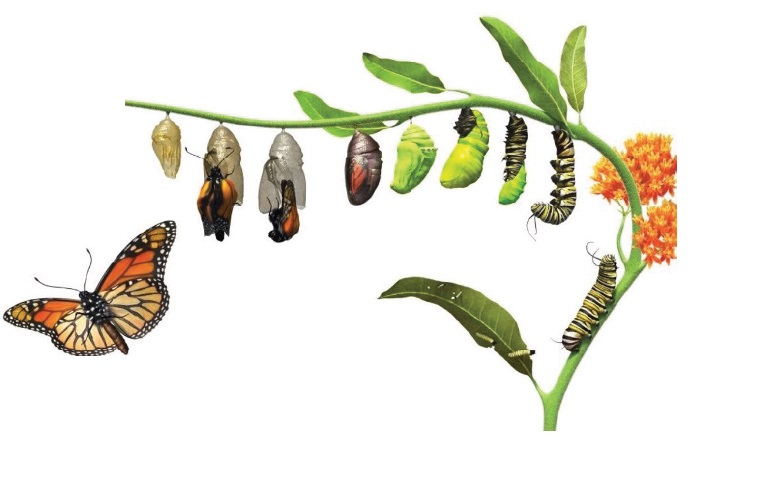The butterfly effect
The beauty of butterflies is beyond words. This magical insect draws our attention as it flutters, flaps and flies gracefully.
Feb 18, 2022

By Mary M
The beauty of butterflies is beyond words. This magical insect draws our attention as it flutters, flaps and flies gracefully. Its radiant colours captivate our eyes and soul. But there is more to a butterfly than just its beauty. The late Maya Angelou, author and poet, said, “We delight in the beauty of the butterfly, but rarely admit the changes it has gone through to achieve that beauty.” There’s a process and journey that shapes true beauty. The metamorphosis of a caterpillar to a beautiful butterfly is painstaking but ends with tremendous results. This enchanting process offers plenty of life lessons. One thing we learn from caterpillars is that change is possible even in adverse environments, making the butterfly a powerful symbol of hope and transformation.
Similarly, adolescence is a period of transformation, like a caterpillar changing into a butterfly. A period of great change physically, sexually and how they think, feel and interact with others. A period of overwhelming external and internal struggles that society sometimes unfairly judges.
A generation shaped by smartphones and social media is providing teenagers with valuable opportunities to develop skills and build a positive digital footprint. However, today many teenagers are constructing their cocoons within social media. Visual platforms like Instagram, Snapchat and TikTok have become toxic mirrors that can stoke anxiety around body image and deflate self-esteem. “Selfieholics” curate their own images to become prettier, thinner, and sexier. “Fitspiration” and “thinspiration” messages have promoted eating disorders. Consumerism enters the playground and teenagers swing from “Nada to Prada” to portray a desirable image of who they are or who they aspire to be to gain a sense of belonging and peer approval. The fixation of “likes” and FOMO (fear of missing out) leads to anxiety and a diminished sense of self. Increasing screen time contributes to teenage withdrawal and isolation which subsequently leads to anxiety and depression, cyberbullying and so on.
Keeping in mind these challenges, the Women’s Desk of the Archdiocesan Office for Human Development (AOHD), with Catholic Women’s League (CWL), embarked on the Girls on a Journey: Butterfly programme for teenage girls, to enable them to develop a concept of oneself as a person of worth and dignity, as they explore the meaning of life. This holistic programme equipped them with the abilities required to understand and deal confidently and effectively with the challenges of everyday life. Designed for age groups 12 to 14, it covers domestic skills, decision-making, creative thinking, interpersonal relationship skills, self-awareness building skills, coping with stress and emotions, sexuality, health, financial, moral issues, environmental issues, and Catholic teachings.
The live-in programme was interactive and included role-play, group sharing, testimony, exercises, field experience and audio-visual activities to make it fun and educational during the school holidays.
Girls who had completed this programme are like that caterpillar that transformed into a beautiful butterfly. They are empowered, mindful, and true to themselves as they lead a better life. One of the participants said that she has “learned to be independent and how to use freedom wisely”. A mother shared “I have seen many changes in my daughter, since she attended this formation. She is more disciplined, confident and is more involved in church activities”. The changes in their life spark a ripple effect that influences their family and community. Like a butterfly, these girls have become a great symbol of change, adaptation, and growth.







Total Comments:0